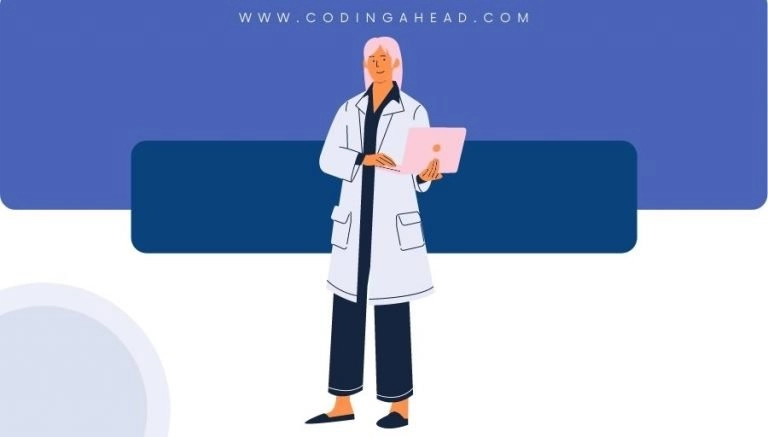How To Use CPT Code 60200
CPT 60200 describes the excision of a cyst or adenoma of the thyroid, or the transection of the isthmus. This article will cover the description, procedure, qualifying circumstances, appropriate usage, documentation requirements, billing guidelines, historical information and billing examples.
1. What is CPT Code 60200?
CPT 60200 can be used to describe the excision of a cyst or adenoma of the thyroid, or the transection of the isthmus. This code is used when a healthcare provider removes a cyst or blood-filled growth from the thyroid gland, or incises the tissue that connects the right and left side of the thyroid gland in the front of the throat.
2. Official Description
The official description of CPT code 60200 is: ‘Excision of cyst or adenoma of thyroid, or transection of isthmus.’
3. Procedure
- The healthcare provider prepares the patient and administers anesthesia.
- An incision is made at the base of the neck, along the skin crease.
- Skin flaps are created to access the thyroid gland.
- The platysmas, muscle fibers extending from the collarbone to the jaw, are divided.
- The strap muscles, also known as the infrahyoid muscles, are separated.
- The lesion or cyst is dissected and removed.
- The blood supply to and from the growth is controlled.
- If necessary, a drain is placed.
- The site is closed in layers using absorbable sutures.
- The flap is closed with absorbable sutures.
4. Qualifying circumstances
CPT 60200 is indicated for patients with nodules that affect breathing or swallowing, as well as for suspected or confirmed cancer. The procedure is performed by a healthcare provider and requires appropriate prepping and anesthesia.
5. When to use CPT code 60200
CPT code 60200 should be used when a healthcare provider performs the excision of a cyst or adenoma of the thyroid, or the transection of the isthmus. It is important to ensure that the procedure is medically necessary and meets the criteria for reimbursement.
6. Documentation requirements
To support a claim for CPT 60200, the healthcare provider must document the following information:
- Patient’s diagnosis and the need for the excision or transection
- Details of the procedure performed, including the specific tissues involved
- Date of the procedure
- Any complications or additional procedures performed
- Signature of the healthcare provider performing the procedure
7. Billing guidelines
When billing for CPT 60200, ensure that the procedure meets the criteria for reimbursement. It is important to follow the specific guidelines provided by the payer and use the appropriate modifiers if necessary. CPT code 60200 should not be reported with other codes that describe similar procedures.
8. Historical information
CPT 60200 was added to the Current Procedural Terminology system on January 1, 1990. There have been no updates to the code since its addition.
9. Examples
- A healthcare provider performs the excision of a cyst from the thyroid gland in a patient with difficulty swallowing.
- A patient with a suspected adenoma undergoes the excision of the growth from the thyroid gland.
- A healthcare provider transects the isthmus of the thyroid gland in a patient with a confirmed cancer diagnosis.
- A cyst affecting the patient’s breathing is excised from the thyroid gland.
- A healthcare provider performs the transection of the isthmus in a patient with a large adenoma.
- The excision of a cyst from the thyroid gland is performed in a patient with a history of thyroid nodules.
- A healthcare provider removes an adenoma from the thyroid gland in a patient with a family history of thyroid cancer.
- The transection of the isthmus is performed in a patient with a suspected cancerous growth in the thyroid gland.
- A healthcare provider excises a cyst from the thyroid gland in a patient with recurrent thyroid nodules.
- The transection of the isthmus is performed in a patient with a large thyroid adenoma causing compression symptoms.


